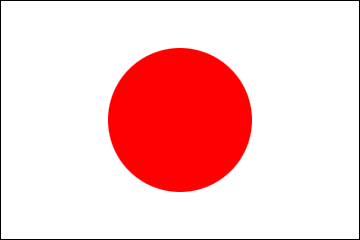JET Programme Series: Sapporo Snow Festival - David Ramgobin
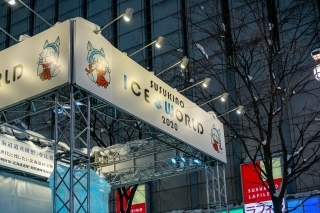
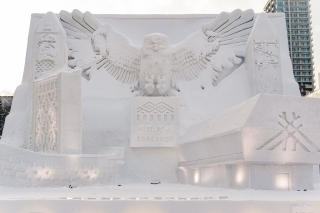
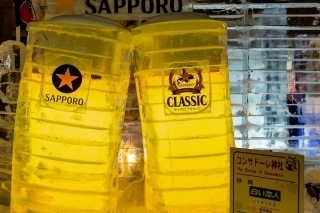
JET Programme Series: Sapporo Snow Festival - David Ramgobin
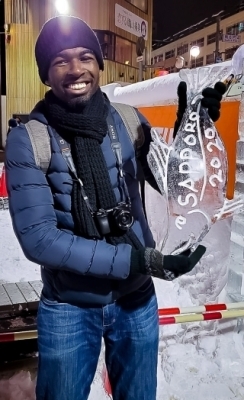
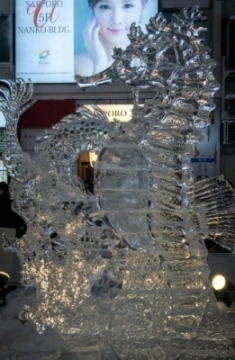
The Sapporo Snow Festival has been one of the best experiences I have had to date. This festival is widely known for its gigantic snow sculptures and intricate ice sculptures. Sapporo city holds this event at three locations: Susukino, Odori Park, and Tsudome. With Sapporo being the fifth largest city in all of Japan, it's no wonder that there can be more than one site for this event.
The history of how this event started goes back to the year 1950. Six high-school students each built a snow statue in Odori Park. Five years later, the JSDF forces at the nearby Makomanai base joined in the fun and built the first giant snow statues, leading to the popularity the festival now enjoys. The festival also used the Makomanai base as a recreation spot for children, as early as 1965, but then later changed to Sapporo Satoland in 2005. Four years later, the Tsudome (also known as the Sapporo Community Dome) was chosen as the new recreation site for the festival. The third site, Susukino, was approved in 1983 and still boasts a large collection of ice sculptures, for public viewing. Susukino also holds a beauty contest every year, known as the Susukino Queen of Ice.
Odori Park spans across 12 blocks (or choume, 丁目), 8 of which are dedicated to showcasing snow sculptures of various themes. However, there are lots more to do than just looking at snow and sculptures. Odori Park features many interactive installations, such as a giant Cup Ramen snow sculpture that you can ride a train through. Also, the park sports a skating rink for visitors who are interested in getting some exercise, as well as a ski jump platform used by professional athletes in competitions. The Susukino Ice Festival also features interactive installations for visitors, such as spots for selfies and group photos. The Tsudome site, being the recreation headquarters of the festival, houses more engaging activities than the first two combined. Visitors can enjoy crawling through snow tunnels, sledding, and snow-kick boarding.
As for my experience, as a man born and raised in the Caribbean, the first thing that leaves a definite impact is the sheer amount of snow on the ground. Throughout my time at Sapporo, the lingering thought of jumping into a 2-foot high snowbank filled me with equal parts excitement and dread (as snow melts, and the last thing anyone would want is to be wet AND cold). The lodging experience was a bit different than I was expecting. In Japan, most homes don't use central heating or insulation, but this building featured large radiators that spanned the length of the rooms (and doubled as a drying rack for our wet gloves and scarves). The restaurants around Sapporo served a mix of Eastern European and traditional Japanese dishes, one of which being Mongolian BBQ, also known as jingis kan locally (insanely delicious). Finally, after walking through two of the mentioned sites, I had the pleasure of visiting the Sapporo Art Museum and Shiroi Koibito Park, an entertainment park managed by one of Japan's most famous chocolatiers. In closing, my expectations of visiting Sapporo (most of which were inspired by the Ainu-culture-turned-treasure-hunt manga, Golden Kamuy), were exceeded in every possible way. My recommendation: a twice in a lifetime visit (I'm going again in 2021).
David Ramgobin
JET (Japanese Exchange & Teaching) Program Assistant Langauge Teacher
Itami City, Hyogo Prefecture, JAPAN
JET Series: Sapporo Snow Festival (Japanese Embassy's Facebook)
JET Programme Series Archives
